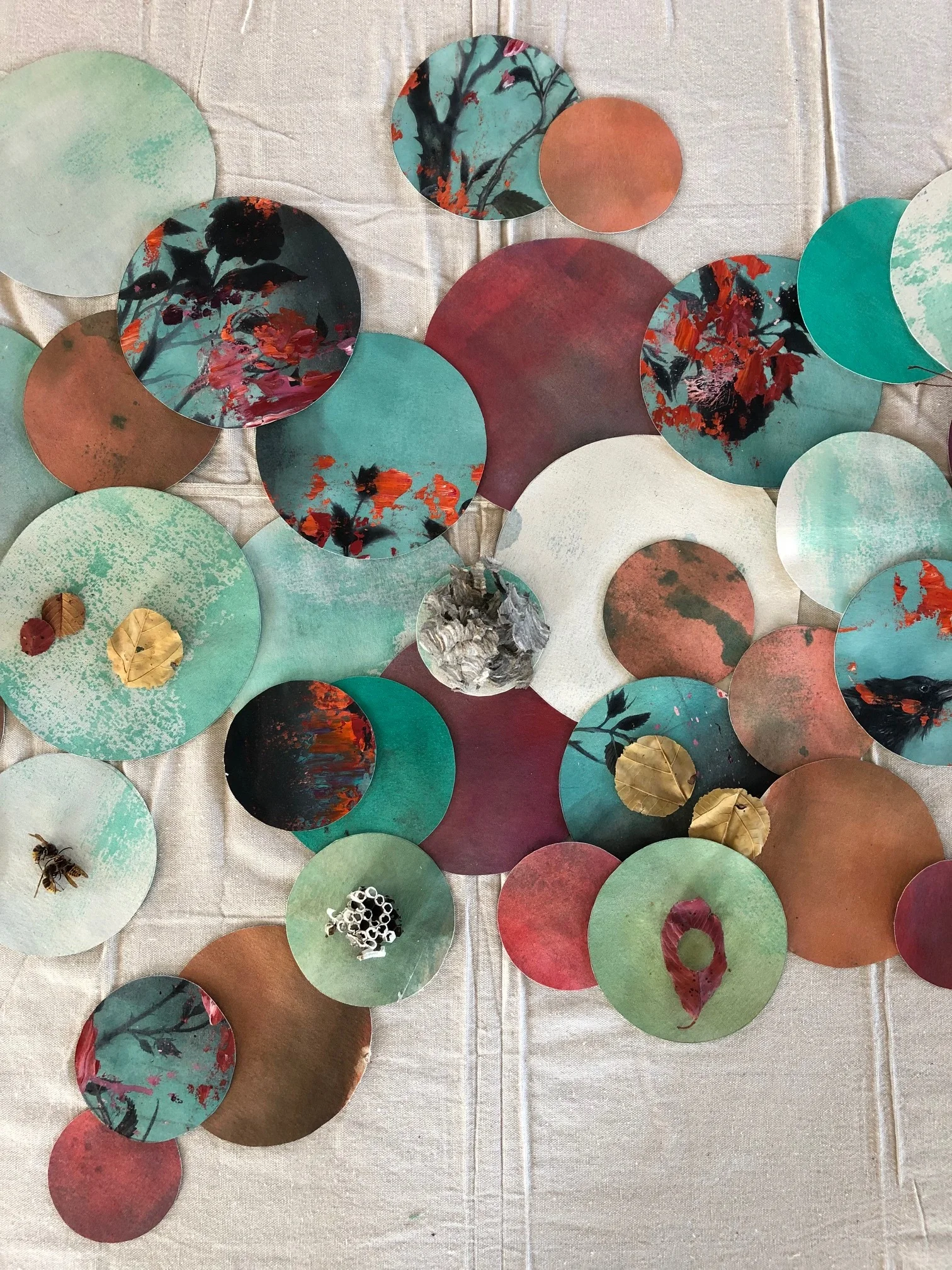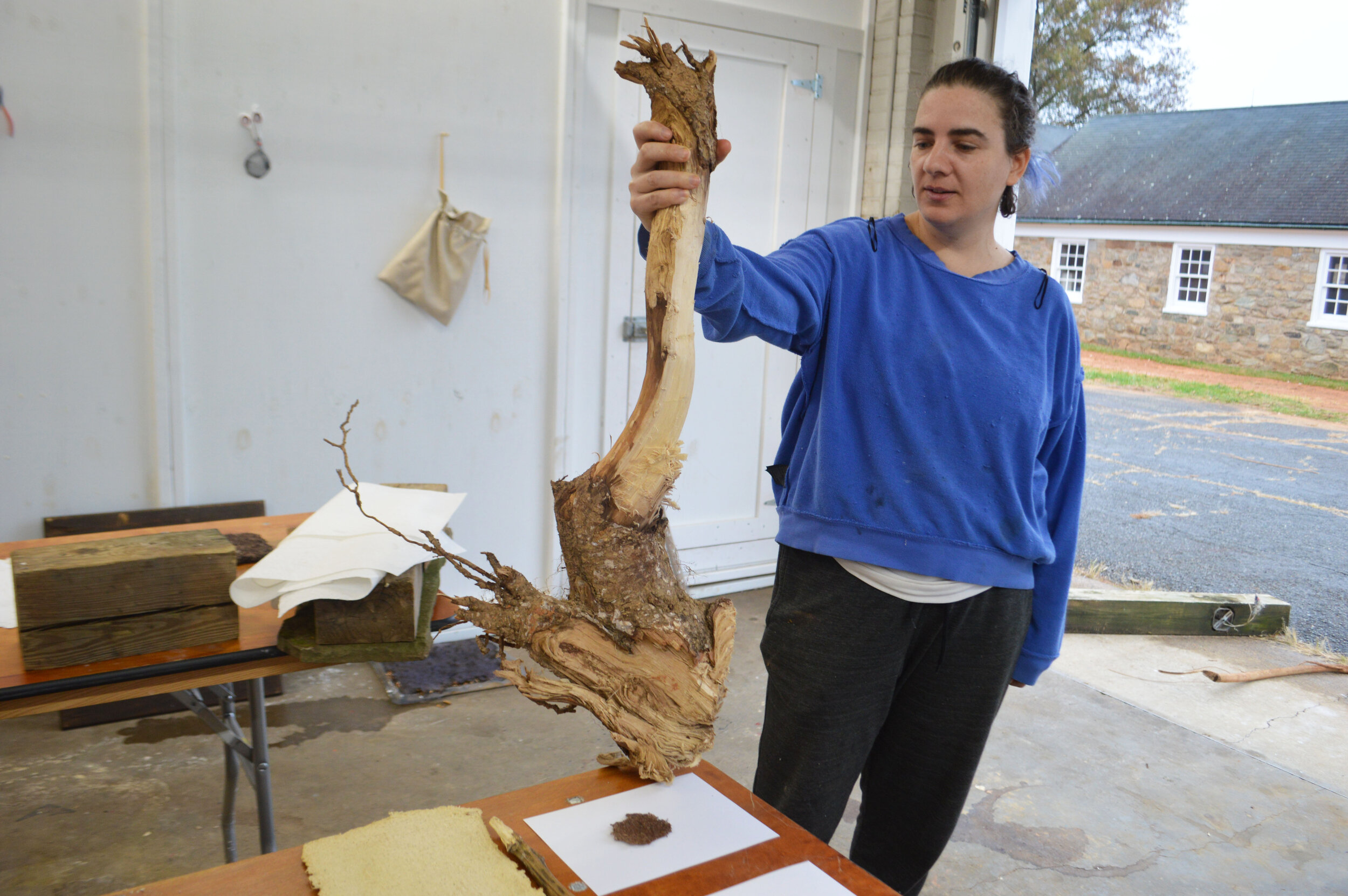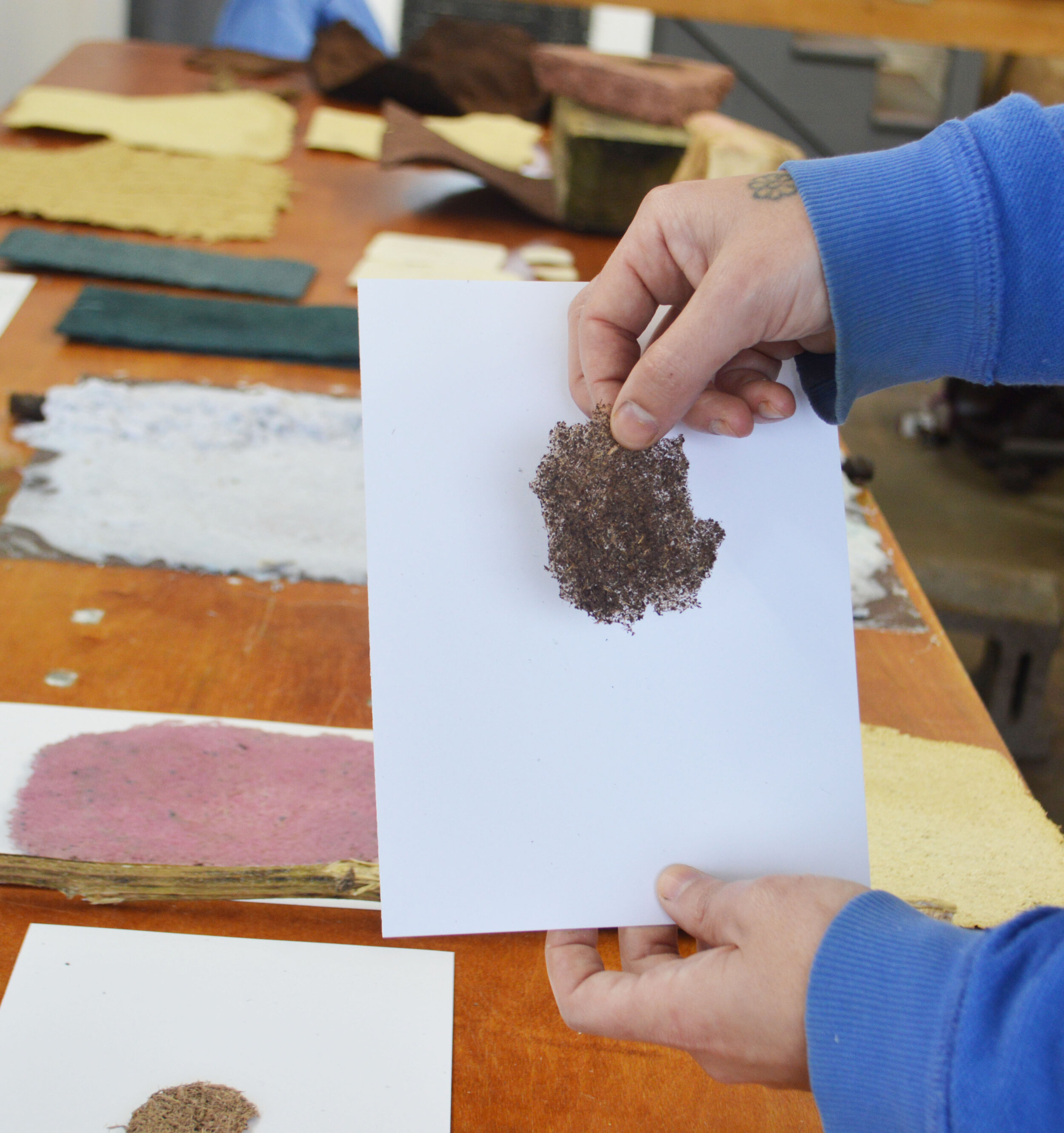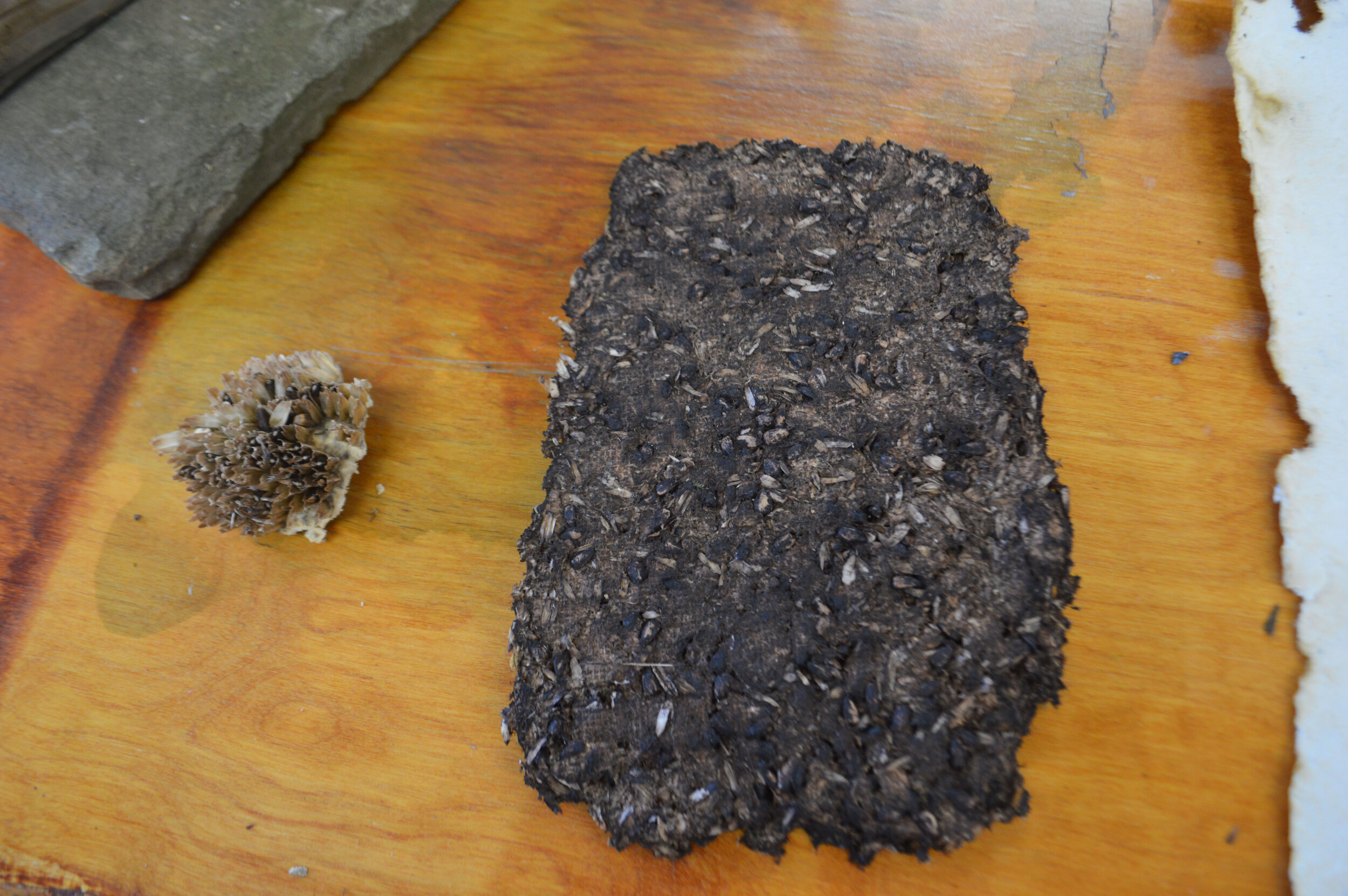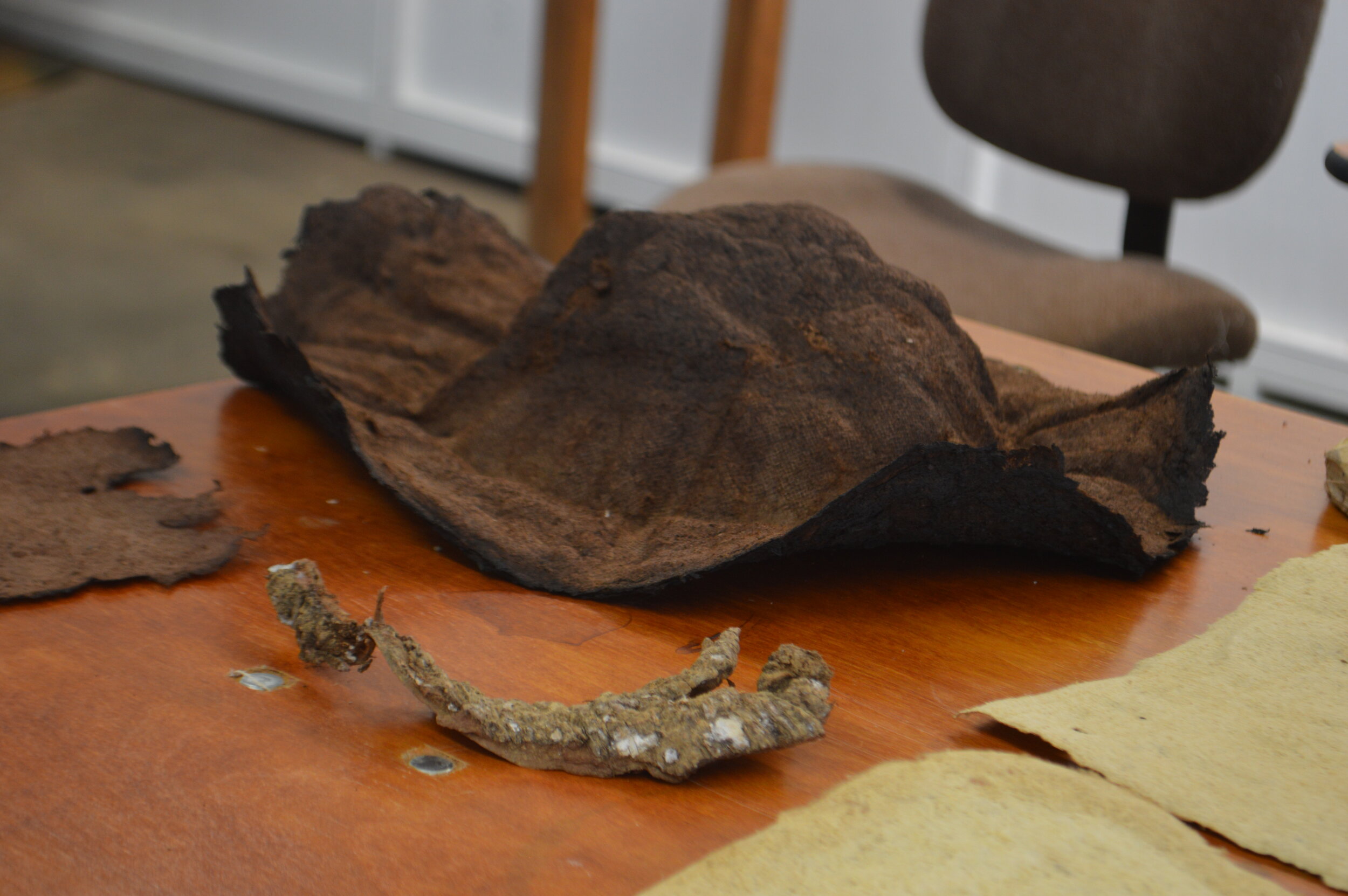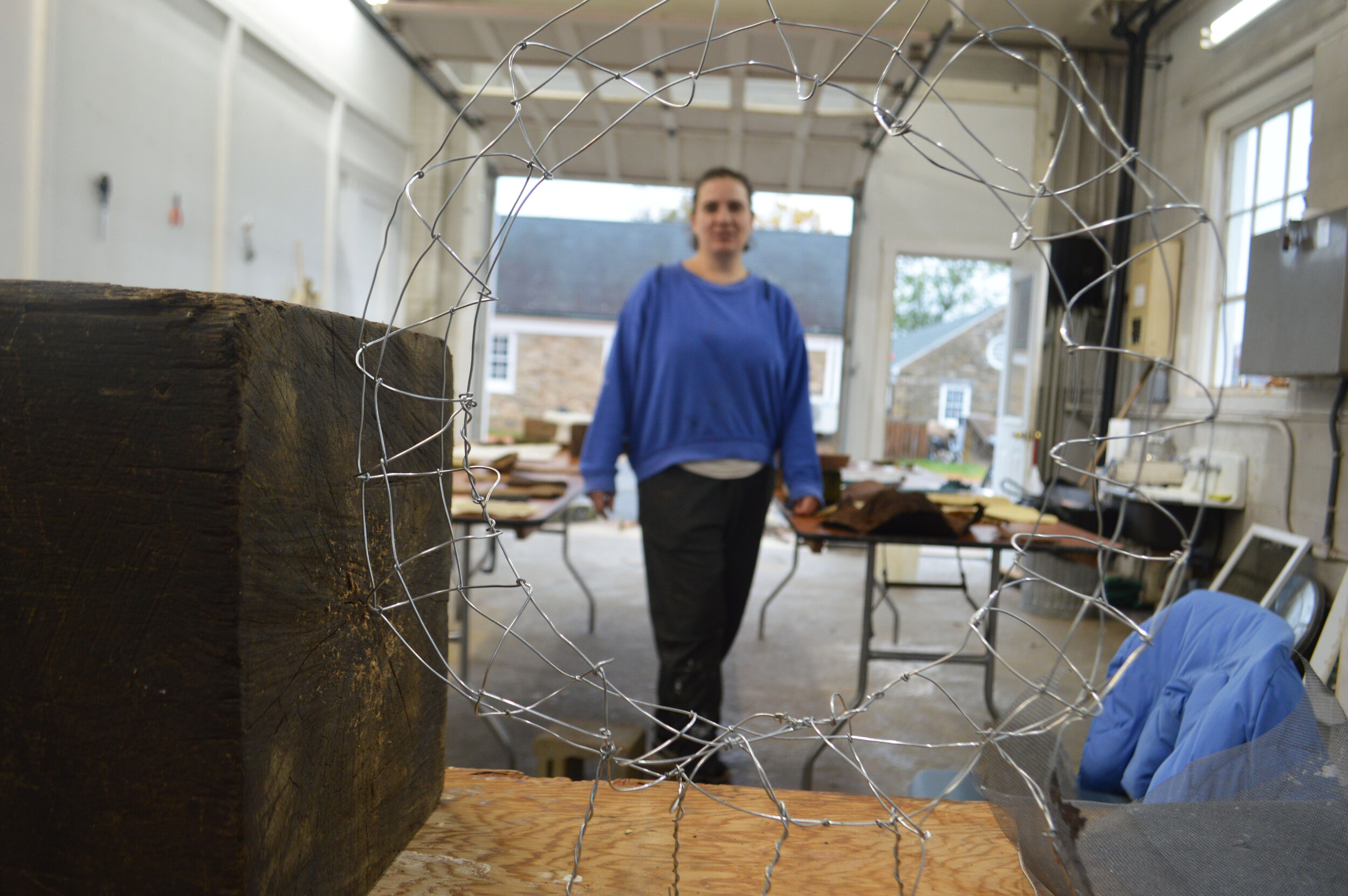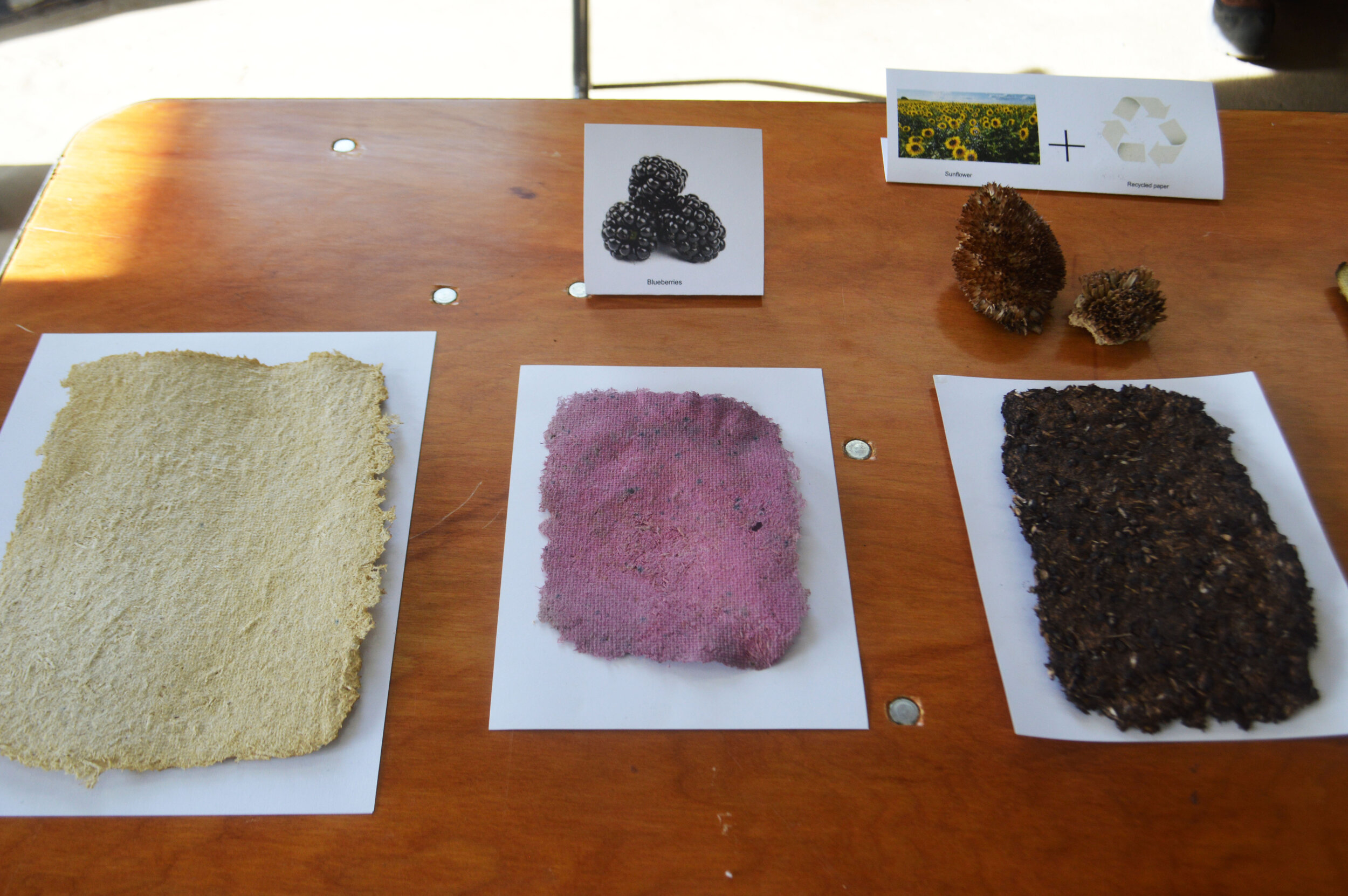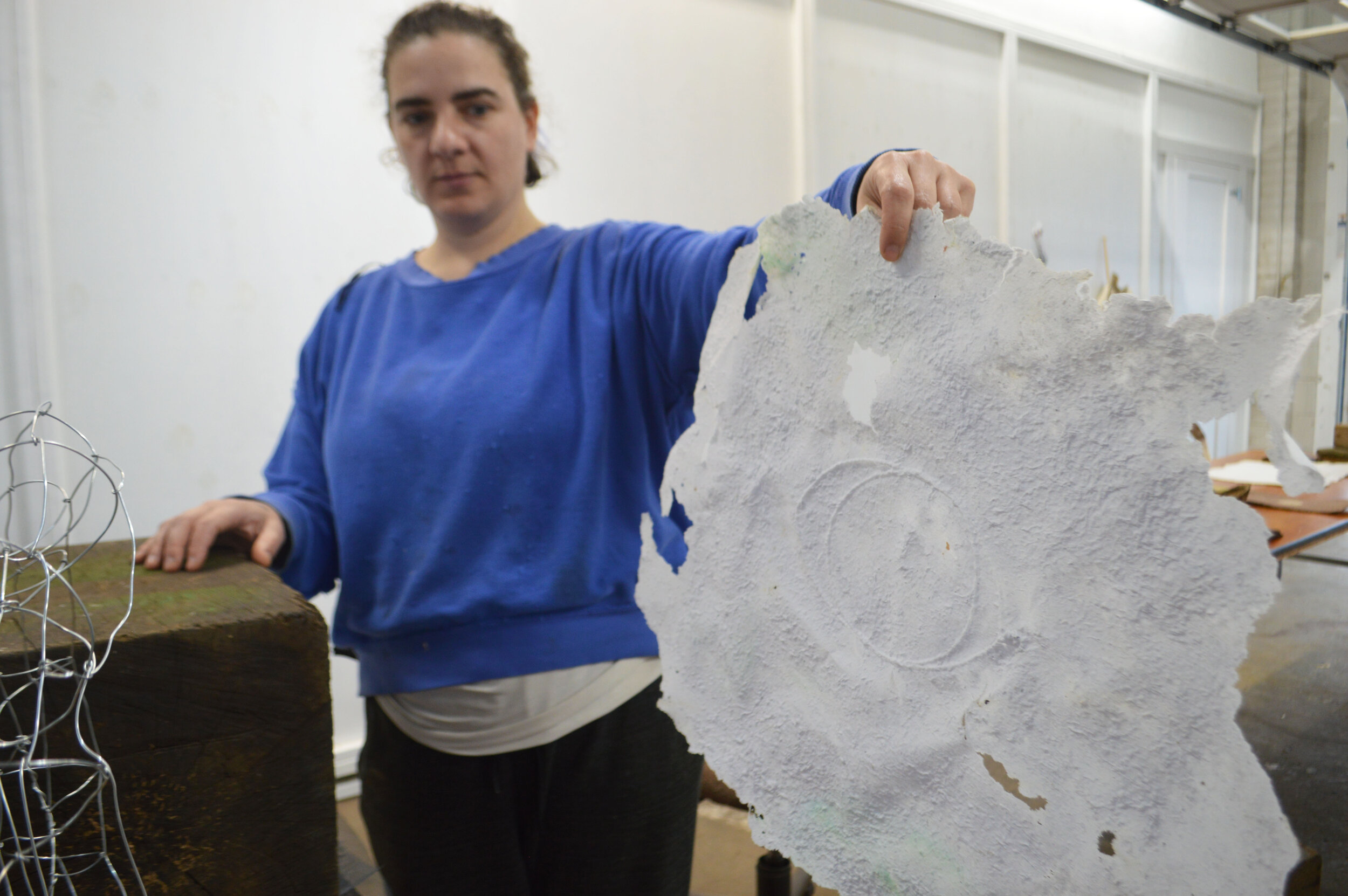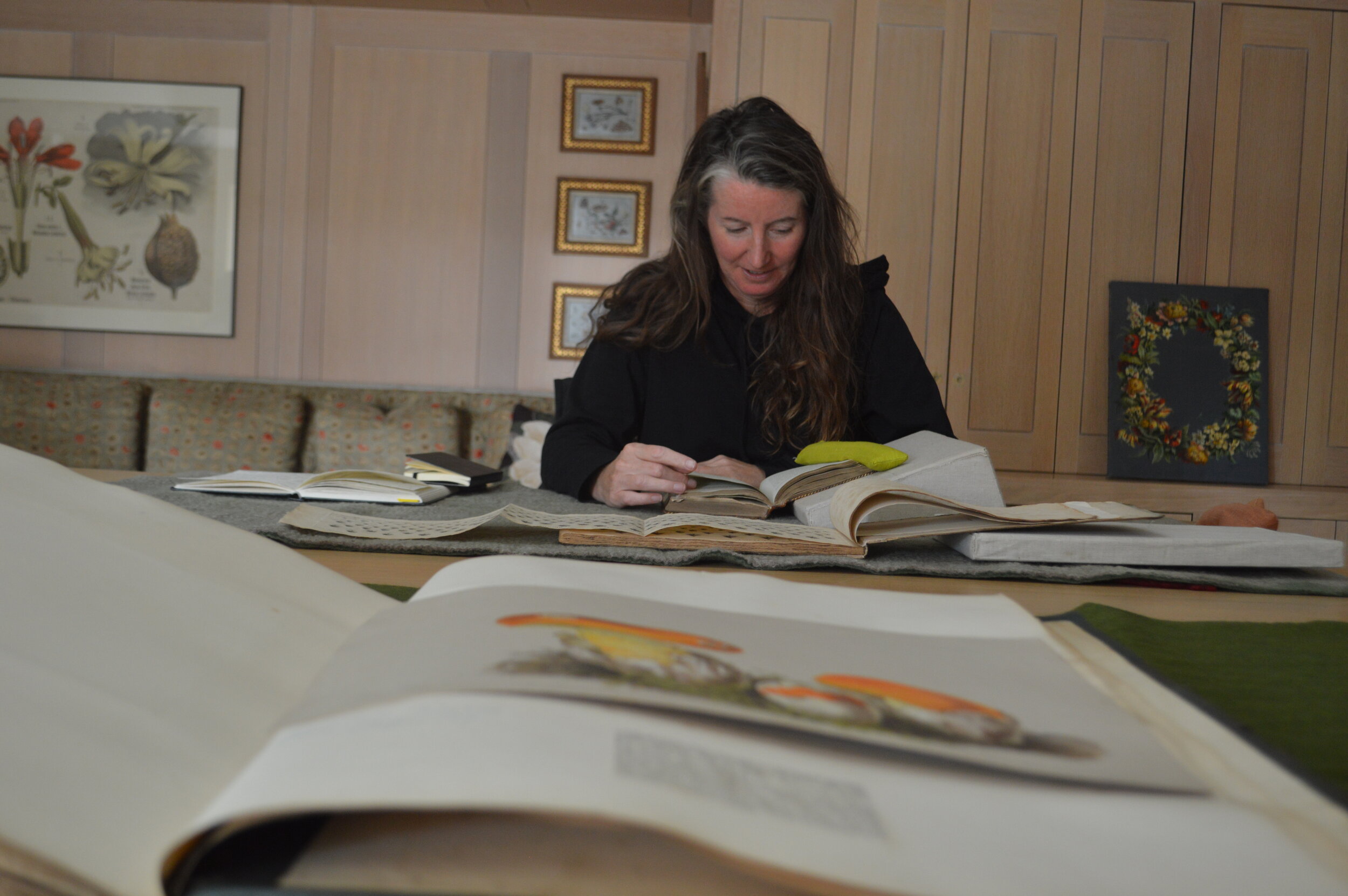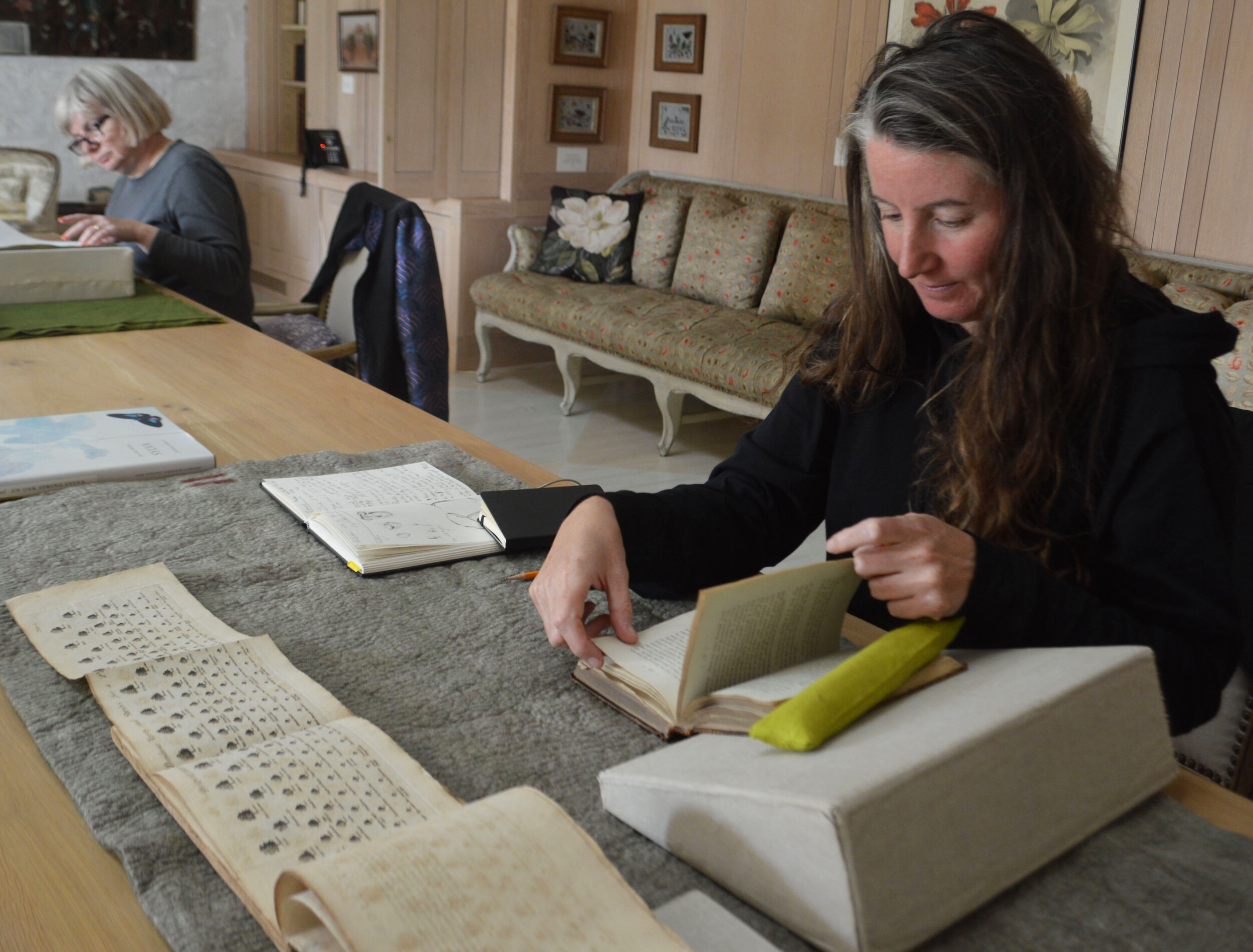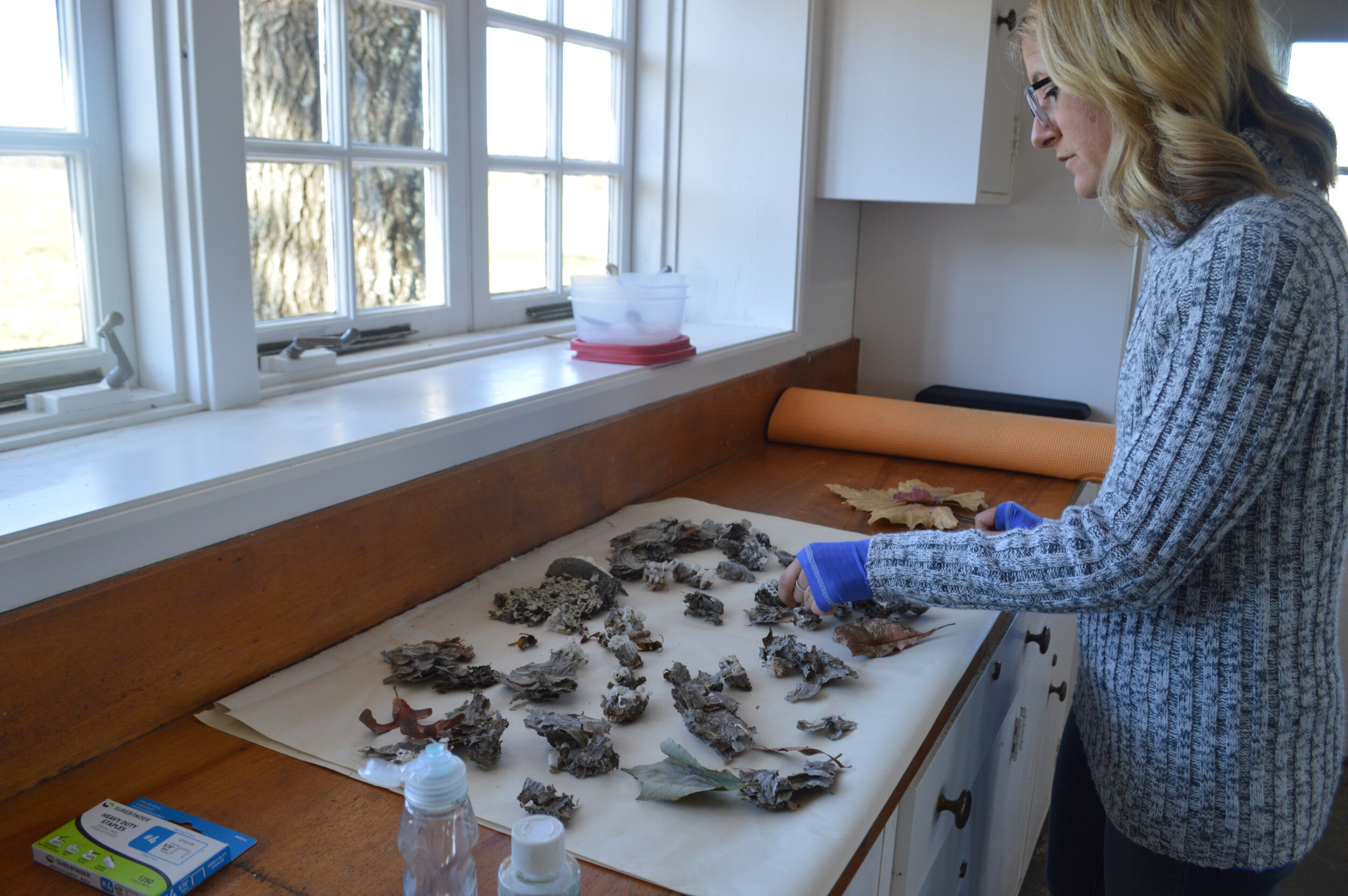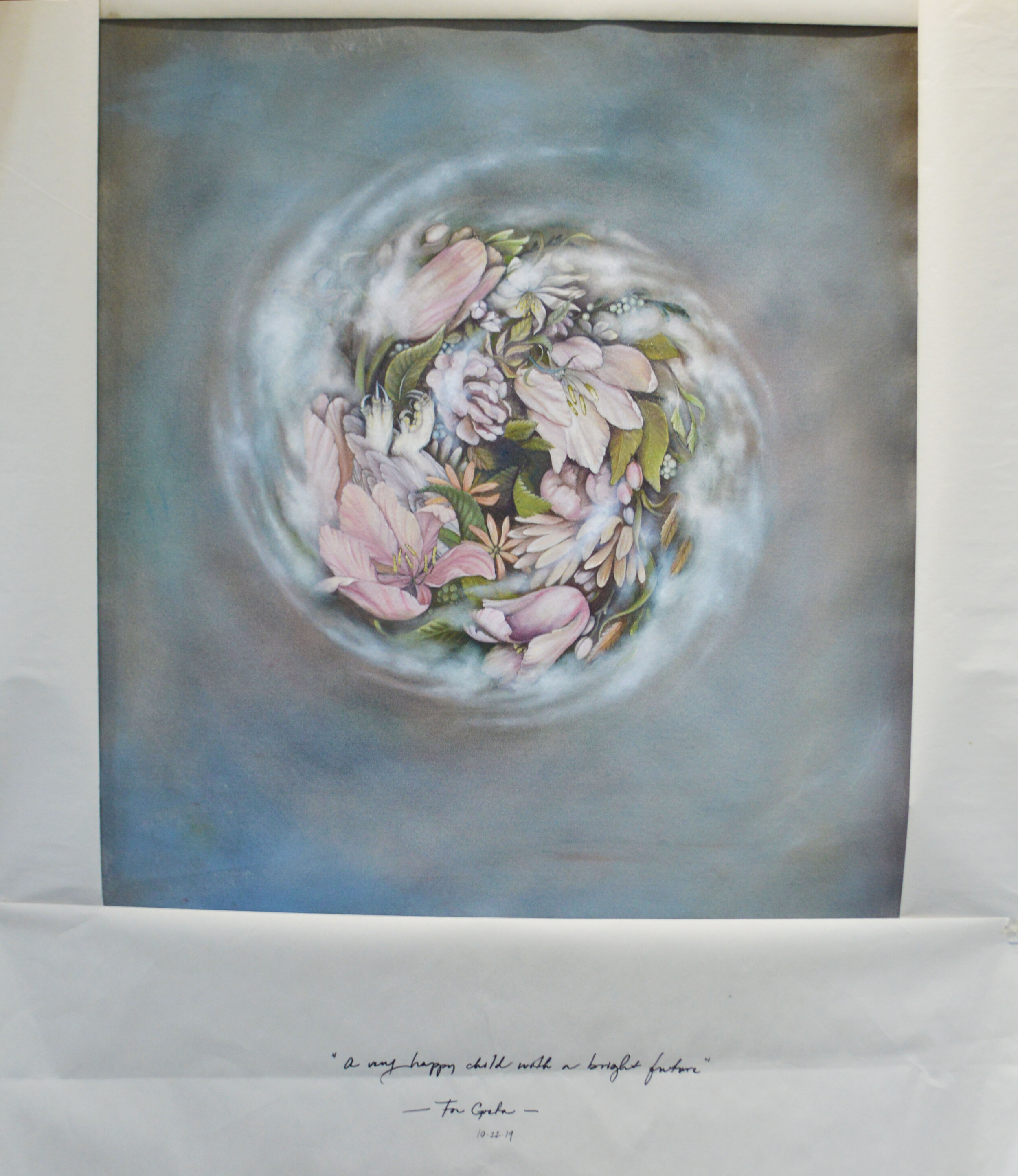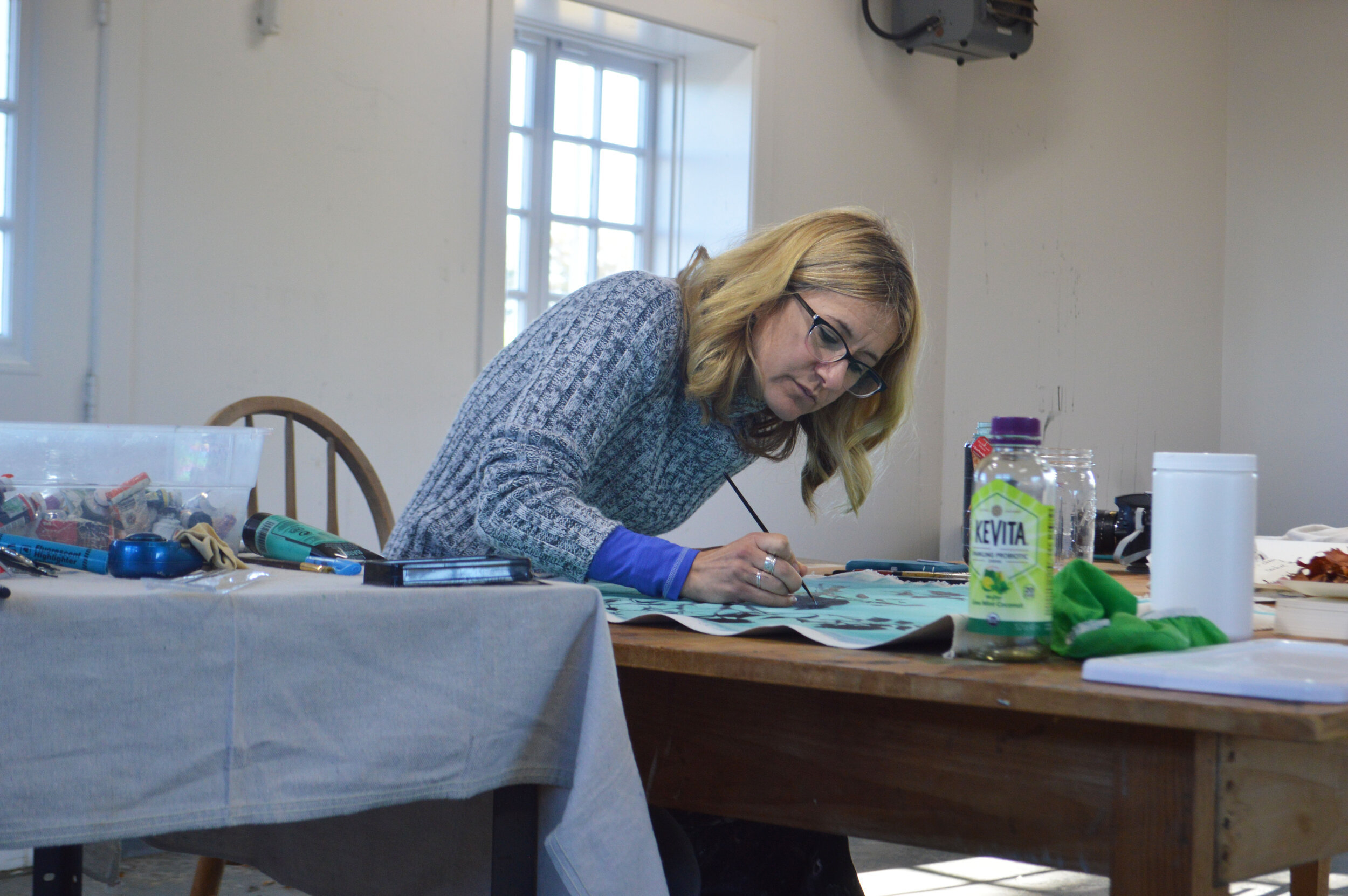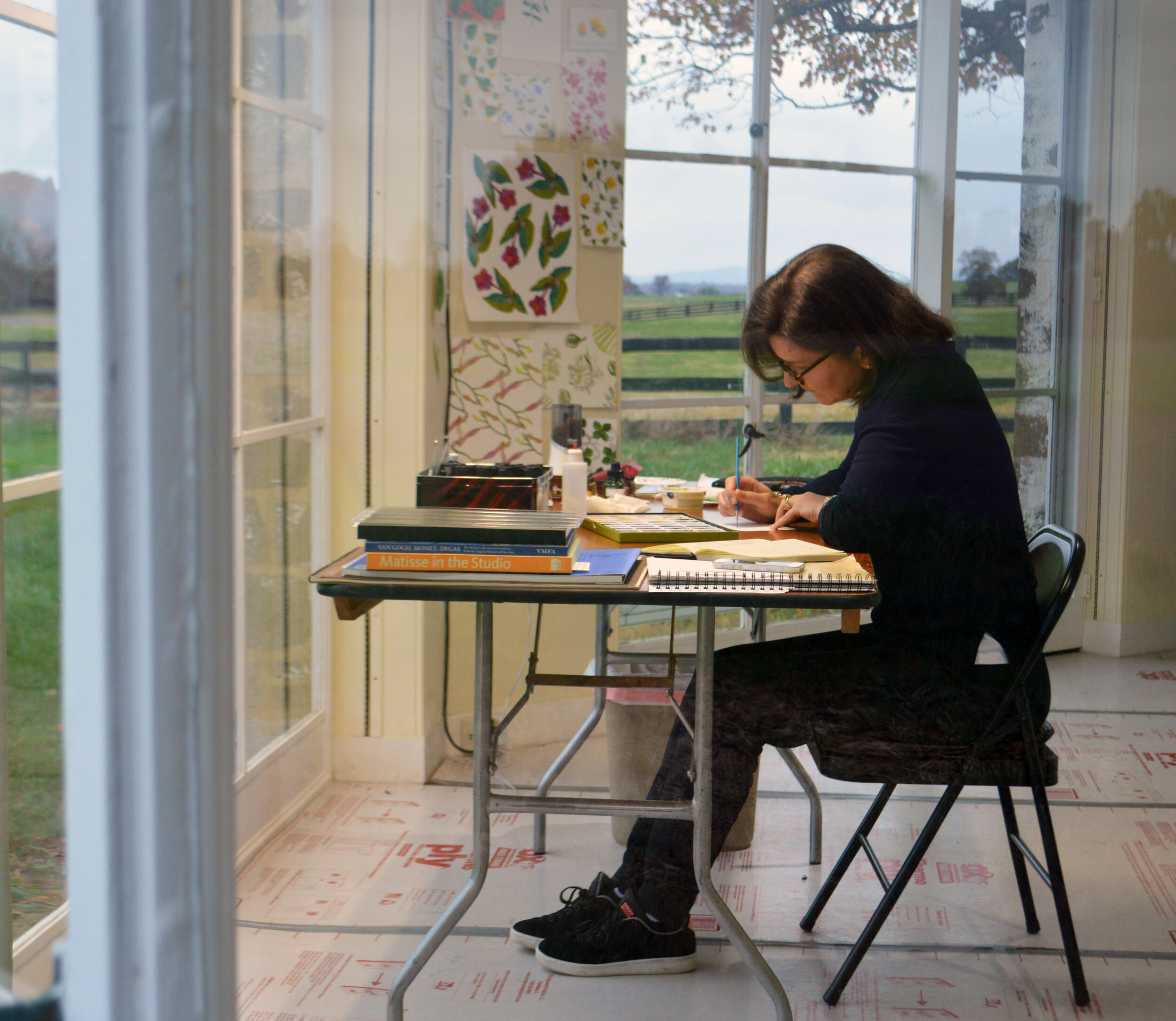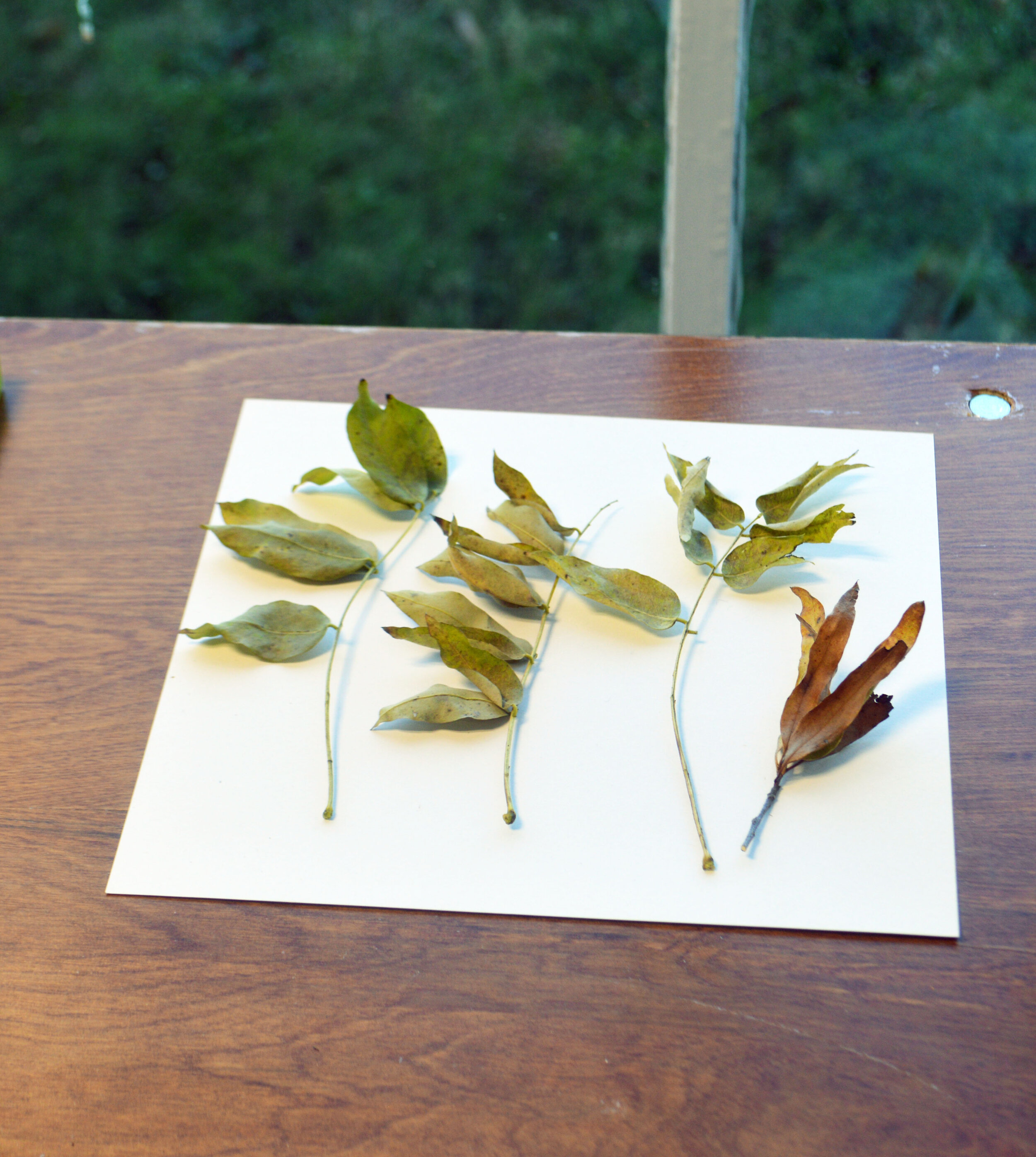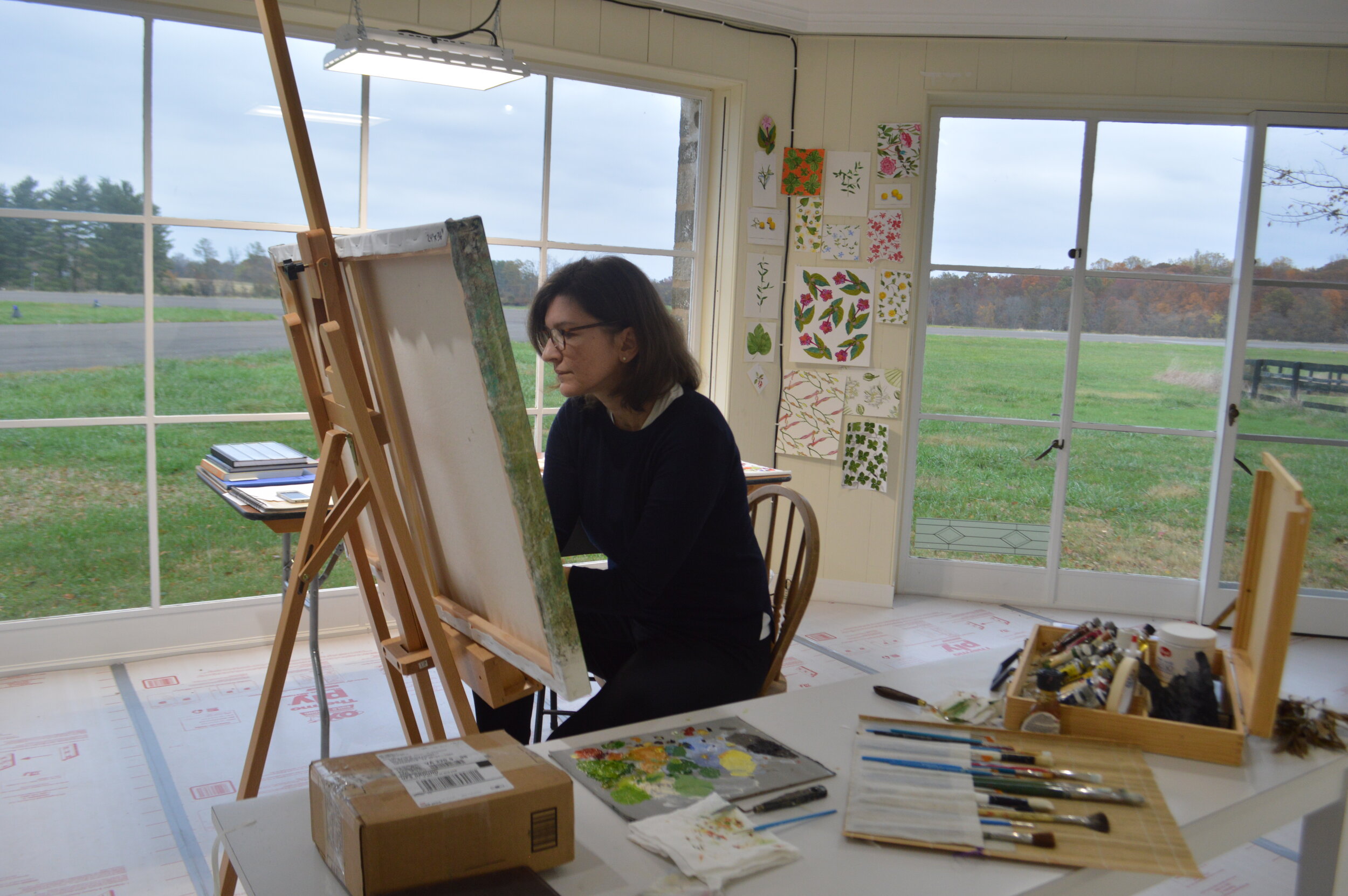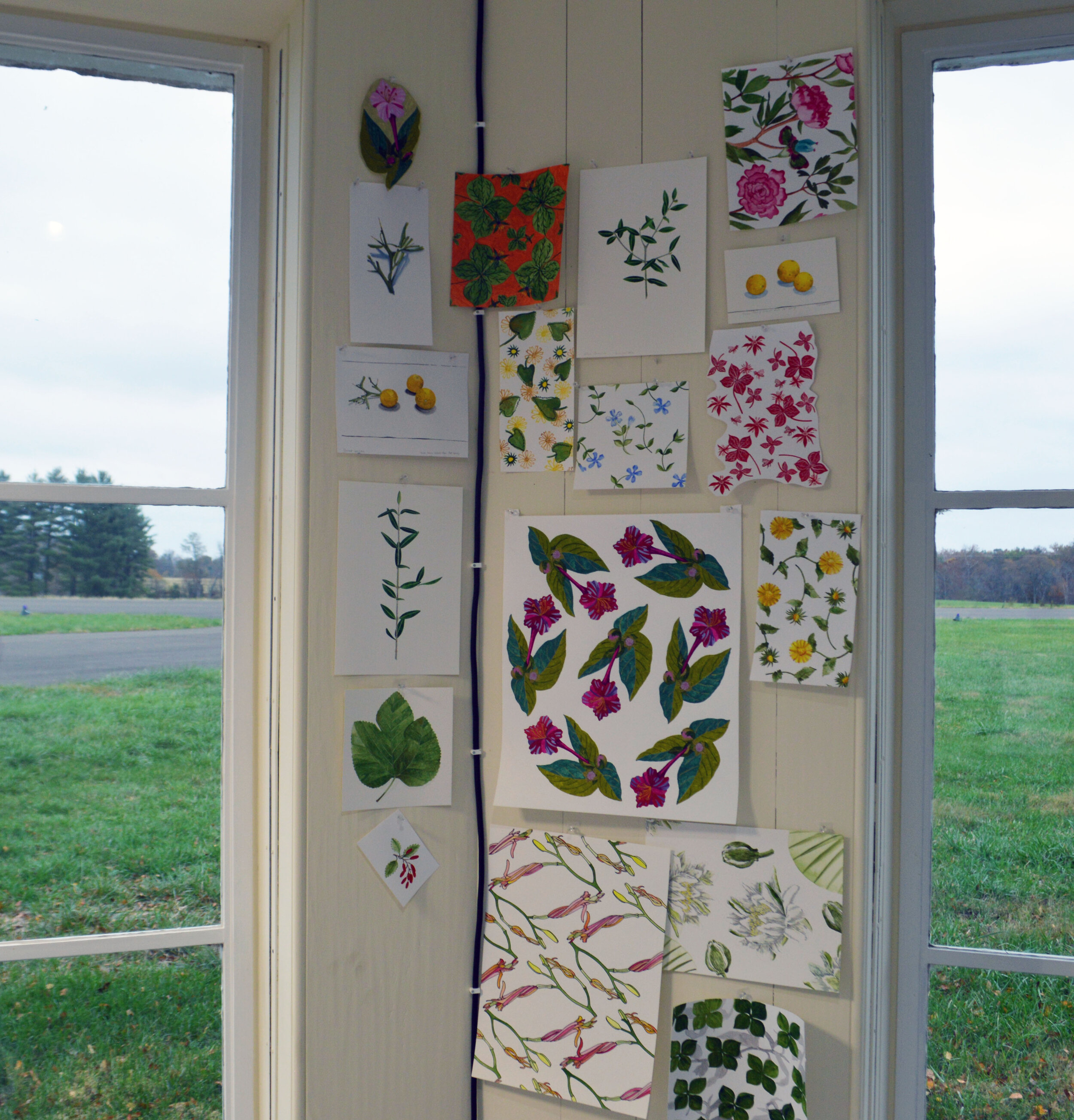A Creative Fall: Recent artists in residence discuss their time at Oak Spring
OSGF
Sometimes, the best way to communicate about the environment - whether it be a dire issue such as climate change, or simply to share the beauty of a wildflower - is through art. Paul and Bunny Mellon were well aware of this, evidenced by their lifelong support of both the arts and environmental causes. At the Oak Spring Garden Foundation, we are proud to carry on that legacy by offering multiple residencies to artists whose work aims to start important conversations about our place in the natural world.
So far in 2019, we have hosted eighteen resident artists and writers, who used our vast, plant-centered library, as well as the quiet beauty of our grounds, to facilitate their research and creative projects. Our most recent resident artists - four diverse women from throughout the country - departed this week after six weeks at OSGF. While we will miss seeing them poring over botanical books in the library or strolling through our fields and forests, we look forward to seeing how their experiences here influence their work in the future.
Scroll down to read about each of our fall 2019 artists in residence, and how they spent their time at OSGF.
Dolores Furtado
Most people who look at a fallen tree branch see, simply, a branch. Argentina-born sculptor Dolores Furtado sees the potential for transformation.
“I’m interested in the process itself,” she said, “It’s constantly transforming, a bit in the way nature does - not in a defined way. It’s more about transforming the material.”
Dolores, who is based in New York City, spent much of her time at OSGF experimenting with paper products. While she uses recycled paper at home, being at OSGF gave her the opportunity to create a variety of papers and small sculptures using wood and grass, as well as flowers, fruits, and vegetables from the gardens and Biocultural Conservation Farm. Depending on the material, lengthy periods of chipping, blending, soaking, and drying were required, said Dolores.
“Organic things don’t last forever,” she said, holding up a fragile brown mat made of dried flower petals. “The color goes away, like it does in nature.”
Dolores said she found inspiration for her work in a variety of places: from Bunny Mellon’s unique use of frames to change the forms of plants in the greenhouse, to books on paper-making in the Oak Spring library, to the ever-changing autumn landscape.
“The best image for me was the (bales of) hay,” she said. “It’s like an art installation.”
Dolores’ future plans include a residency at a pottery house Greenwich Village, where she said her work will be influenced by her experimentation at OSGF. You can learn more about her at http://www.doloresfurtado.net/, and by following her on instagram at dolores.furtado (upper image, right: one of Dolores’ instagram photos from Oak Spring.)
Katie Holten
Irishwoman Katie Holten wants to know what trees can tell us. Interested in exploring the connection between nature and language, the New York-based artist has developed an alphabet using drawings of different tree species, which she used to write her book, About Trees, in 2015.
“For me, the books are about creating a sense of community, and how everything is related to everything,” Katie said from the Oak Spring Library, where she was examining illustrations of fungi and tree species, particularly the work of botanical artist Anna Maria Hussey. “Alphabets are ways to think about language relationships to other species on the planet.”
Katie’s research in the library helped to serve as inspiration for several in-progress alphabet projects, she said, including a piece for Emergence Magazine that she is creating with poet Forrest Gander. For that project, she is creating an alphabet that resembles dissolving seeds and spores, influenced by the wildfires spreading through California.
The space Katie used as her studio on Rokeby Farms displays the multiple projects she worked on during her stay, the walls and surfaces covered in notes, sketches, and journals. Stepping inside it is like being “inside my brain,” she joked.
“It feels like fruiting body - it’s all ready to burst out, I just need to be the conduit!” she said.
Aside from spending time in her studio and the library, Katie became well-acquainted with other parts of the property, volunteering at the Biocultural Conservation Farm and walking through the woods every day to watch Oak Spring’s trees transform as the season progressed.
“And to be here as they’re changing as well, has been amazing,” she said.
Keep an eye on Katie’s website (https://www.katieholten.com/), Twitter page (@katieholten), and instagram (katieholten) for news about her activism, future publications, and exhibits, which include shows in Ireland and Germany.
Regan Rosburg
Artist, naturalist, and writer Regan Rosburg’s work is centered around the concept of Ecopsychology: the “emotional barrier” that people struggle with when it comes to facing enormous environmental issues such as climate change and species loss.
“They're so gigantic that I've found that when people are faced with that, they can get just so close until it becomes too much and they're not able to really process it,” said Regan. “So there's a part of us that kind of shuts down.”
Regan, who is based in Denver, Colorado, came to Oak Spring with the purpose of researching the work of early environmental explorers and master painters in the library, particularly artist and ornithologist John James Audubon. She also worked on writing and painting, as she plans to move away from the resin-layered sculptures that have been her focus in the past.
“I was coming here to absorb myself in an environment like this that's so quiet, and expansive, and very richly diverse,” said Regan. She had recently returned from working in another quiet, expansive environment: the arctic, a place where evidence of a warming climate is clear. Photographs from that trip were laid out around her Rokeby studio, along with anonymous letters penned to children about climate change. Regan plans to turn these letters into a 3D printed “bio-poem” in collaboration with Binomica Labs, NYC.
Climate change and environmental devastation are stark themes in the paintings she worked on at Oak Spring. One oil painting study depicted flowers and birds caught in a spinning whirlwind. Below it were the words President Donald Trump tweeted about climate activist Greta Thunberg: “A very happy child with a bright future.”
“This piece has to do with the spinning, frenetic aspect of how things are happening so fast, and it's hard to show a lot of that in an oil painting,” said Regan.
Of her experience at Oak Spring, Regan said she found inspiration throughout the landscape, from the fragments of wasp and birds nests she collected on her walks to the property’s changing trees.
“Every single part of the property has influenced me,” she said. “Bunny Mellon’s old greenhouses have been pretty impactful, just because the amount of care she put into everything is pretty astonishing.”
Regan will return to Colorado after her time in Northern Virginia, where her work includes long term artist residencies at Redline and S*Park in Denver. Read more about her work at reganrosburg.com, and read more about her experience at Oak Spring in her blog. You can also follow her on instagram at reganrosburgartwork.
Dinora Justice
Inside her sunny studio by Oak Spring’s airstrip, Dinora Justice, a Brazil-born artist who now lives in the Boston area, explored two topics that were very special to the Oak Spring Garden Foundation’s founder: pioneering women naturalist-artists, and flowers.
“I am a beneficiary of (Bunny Mellon’s) vision, and where my vision and hers come together is perhaps my belief that art can carry ideas and emotions far and wide, and inspire people,” said Dinora, in a statement she wrote at the end of her residency.
The series of paintings Dinora is currently working on, which feature silhouettes of women influenced by nineteenth century “Odalisque” portraits reclining in natural settings, explores the exploitative ways that we relate to nature as a patriarchal society. Dinora spent much of her time at Oak Spring developing floral designs to use in those paintings, based on the work of botanical artists Margaret Mee, Maria Sibylla Merian, Lise Cloquet, and Elizabeth Blackwell.
“In bringing their work into mine, I want to bring attention to their significant achievements,” Dinora said.
Among the oil paintings Dinora produced during her residency is a portrait of a woman lounging against a mountainous landscape, her silhouette scattered with chrysanthemum and wallflower designs influenced by illustrations from the botanical artists Dinora studied. She plans to continue exploring the symbolism of flora and other plants in her work, and how it relates to themes such as beauty and environmental loss.
Dinora said she found inspiration everywhere at Oak Spring, from the wildlife, to the library, to the enthusiastic, knowledgeable staff members.
“Oak Spring is a place where beautiful and important things are happening, and I am grateful to have had the opportunity to be a part of it,” she said.
Dinora will travel next to Paris, France for a fellowship that will allow her to study the western art that influences her “Portrait” series. Read more about her work at http://www.dinorajustice.com, and follow her on instagram at dinorajustice.
At the end of their residencies, each artist spent about 20 minutes showing OSGF staff members their studios, and sharing what they worked on during their time at Oak Spring. Watch the video below to see what some of the artists did during their residencies.
To learn about future residencies and other opportunities for artists at OSGF, visit https://www.osgf.org/artists.
(Cover image credit: Regan Rosburg.)
